When selling a home, first impressions can make or break a potential buyer’s decision. That is why many homeowners turn to professional home stagers, whose job is to create a welcoming and appealing atmosphere that allows buyers to easily picture themselves living in the space. Staging is not about hiding flaws but about highlighting a home’s strengths, creating flow, and ensuring every room feels fresh and inviting. One of the most important steps in this process is knowing what to remove. By clearing away the right things, stagers help the property feel more open, neutral, and universally attractive.
1. Personal Photographs
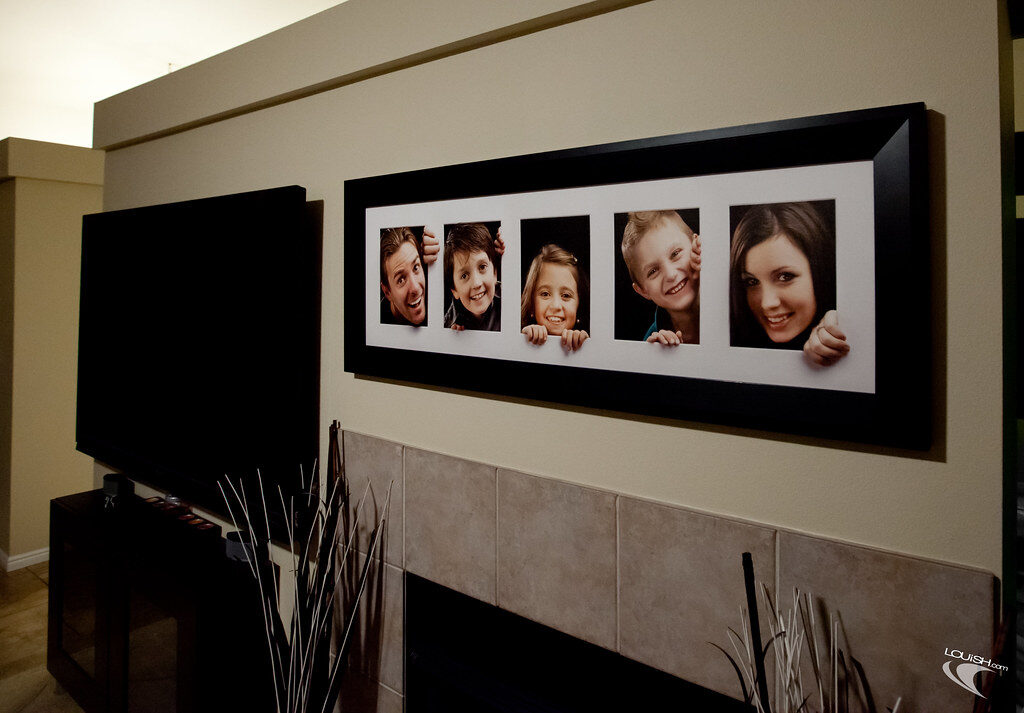
Personal photographs often make a house feel like someone else’s home instead of a potential buyer’s future space. While these images hold sentimental value to the current owner, they can prevent visitors from imagining their own lives in the house. Stagers recommend removing framed family portraits, wedding pictures, and vacation snapshots so that the property feels more neutral. This simple step allows buyers to see blank walls or thoughtfully chosen artwork that highlights the home rather than its occupants. The goal is to create an environment where buyers can envision themselves building memories without distraction.
2. Excess Furniture
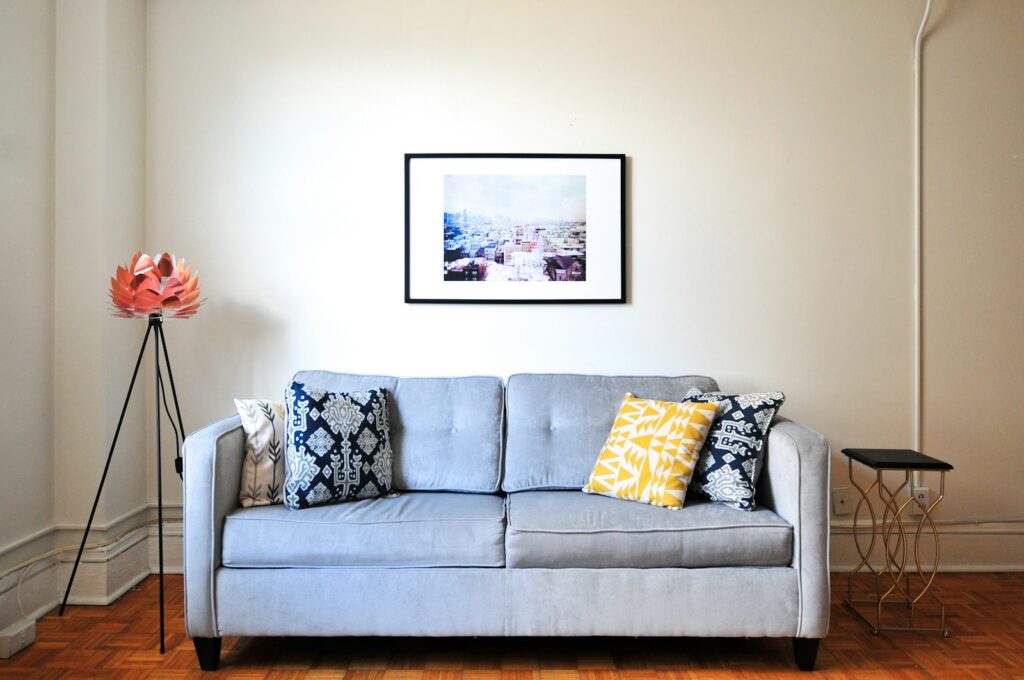
Too much furniture can overwhelm a room and make it appear smaller than it actually is. Stagers often remove oversized sofas, bulky recliners, or unnecessary chairs to create a sense of openness and better traffic flow. By editing furniture, rooms feel more spacious, balanced, and easier to navigate, which makes them more appealing during tours. Carefully chosen pieces are left in place to highlight function, such as a dining table in a dining room or a bed in a bedroom. This strategy ensures the space looks livable while still giving buyers room to imagine their own furnishings.
3. Clutter and Small Knickknacks
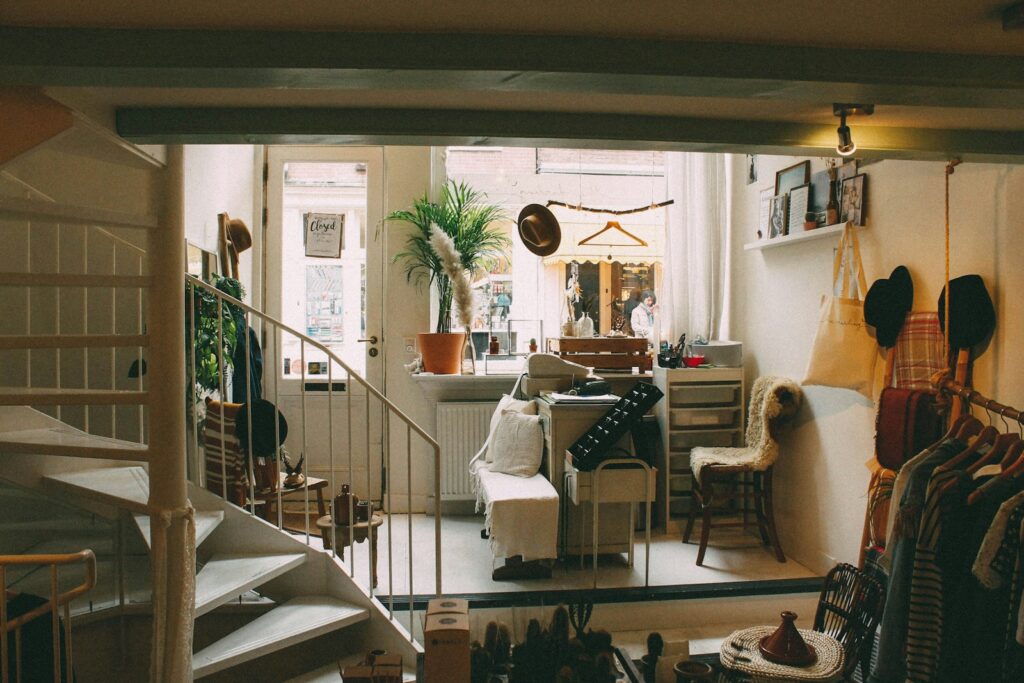
Clutter is one of the biggest turnoffs for potential buyers because it makes a home feel messy and chaotic. Stagers remove small decorative trinkets, collections, and random objects that can distract attention from the actual features of the room. Items such as figurines, souvenirs, or piles of magazines might hold personal meaning but tend to overwhelm the space. A cleaner surface allows architectural details like countertops, shelving, or built-ins to shine. By minimizing clutter, stagers create a sense of order and calm that appeals to buyers who want to see the house’s potential rather than personal belongings.
4. Outdated Window Treatments
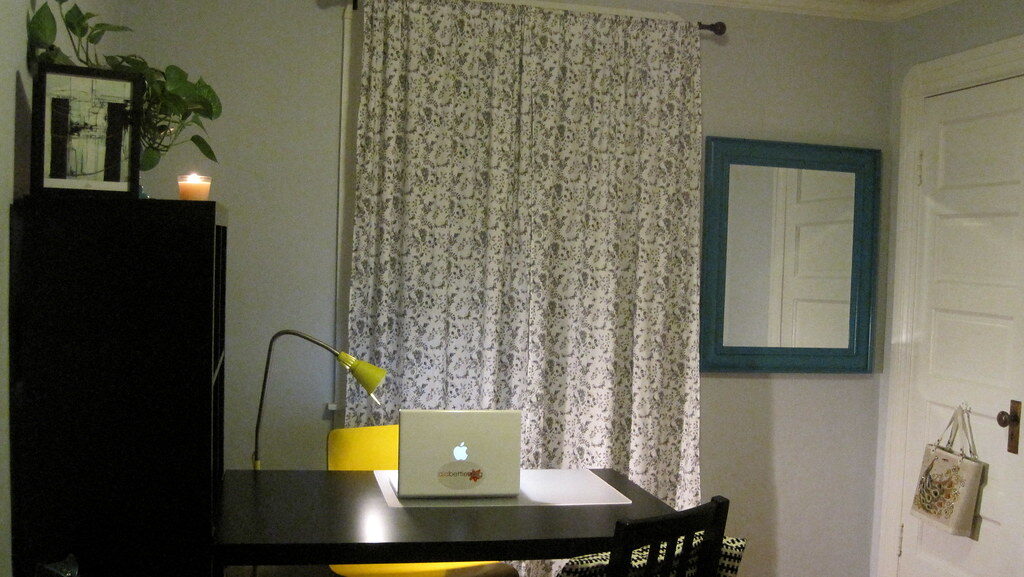
Heavy drapes, patterned curtains, and dated valances can make a home feel old-fashioned and dark. Stagers often recommend removing them altogether or replacing them with something light and neutral to let in more natural light. Bare windows or simple blinds help highlight a room’s size and brighten the overall atmosphere. Buyers are more likely to notice the view, the quality of the windows, and the flow of sunlight when outdated treatments are taken away. A clean and modern look makes the home feel fresh, spacious, and more aligned with current design preferences, which buyers often appreciate.
5. Pet Items

While many people love animals, not all buyers want to be reminded that pets live in the home. Stagers typically remove pet beds, food bowls, toys, and litter boxes before showings. These items can signal potential odors or wear and tear, even if the home is spotless. By clearing them away, the property feels cleaner and more neutral, appealing to a wider audience. It does not mean hiding evidence of pets completely, but minimizing their presence helps buyers focus on the home itself. This small change can make a big difference in how welcoming a space feels.
6. Bold or Themed Decor
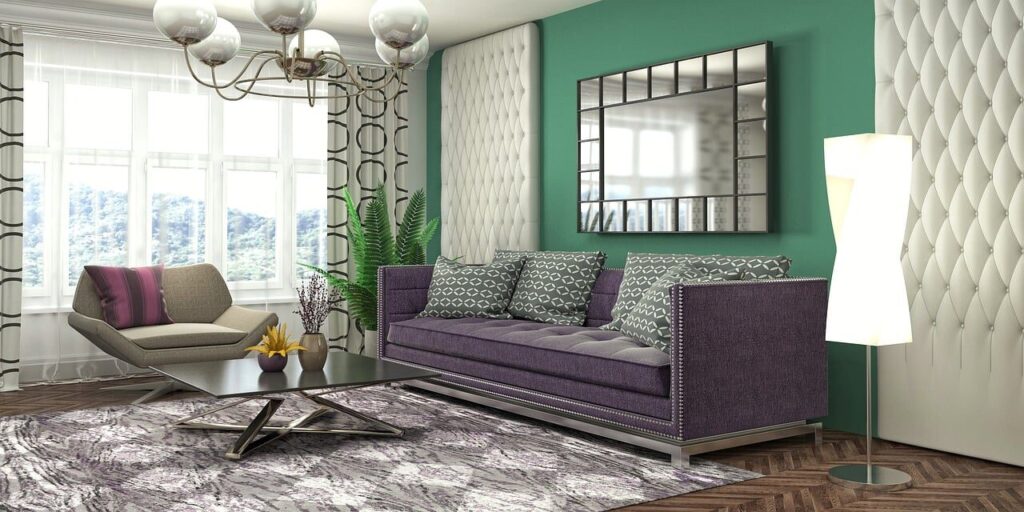
Unique decor items that reflect a strong personal style may appeal to the homeowner but can alienate buyers with different tastes. Stagers often remove bold artwork, themed collections, or unusual color schemes so the space feels more neutral and widely appealing. The idea is to highlight the room’s features without overwhelming them with style choices that might not be universally liked. Neutral decor creates a clean backdrop where buyers can imagine bringing in their own personality. This approach ensures that the home speaks to the widest possible audience and feels like a blank canvas ready to move into.
7. Oversized or Distracting Rugs
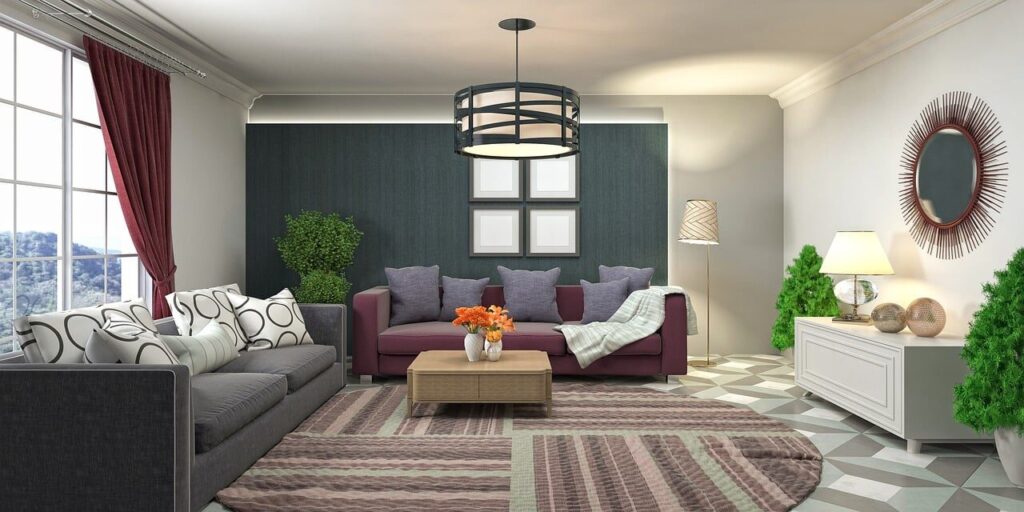
Rugs that are too large, brightly colored, or heavily patterned can dominate a room and draw attention away from the home’s best features. Stagers often remove or replace these rugs with something simple and appropriately sized. The goal is to make the space feel cohesive and balanced rather than cluttered or overwhelming. Flooring is an important selling point, and buyers should be able to see it clearly. A neutral rug that complements the room helps tie everything together, but if the rug feels distracting, it is better to remove it so the space looks fresh and inviting.
8. Religious or Political Items

While these items are deeply personal and meaningful to homeowners, they can unintentionally make buyers feel uncomfortable or distracted. Stagers recommend removing religious symbols, political posters, and similar objects to create a more neutral environment. The purpose is not to diminish personal beliefs but to ensure every potential buyer feels welcome and at ease while touring the home. When the space is free from strong personal messages, buyers are more likely to focus on the property’s features rather than the homeowner’s values. This small step can create a smoother, more positive viewing experience for everyone.
Comments